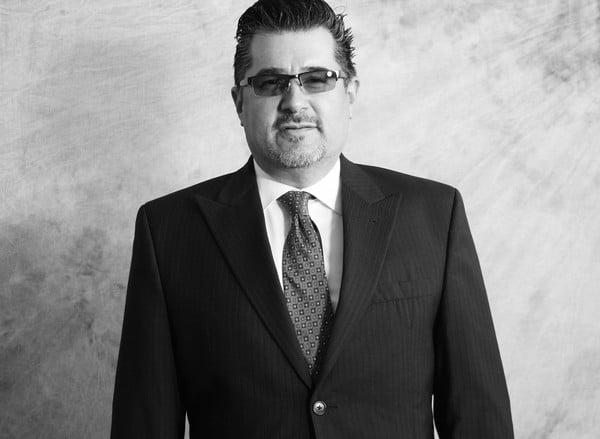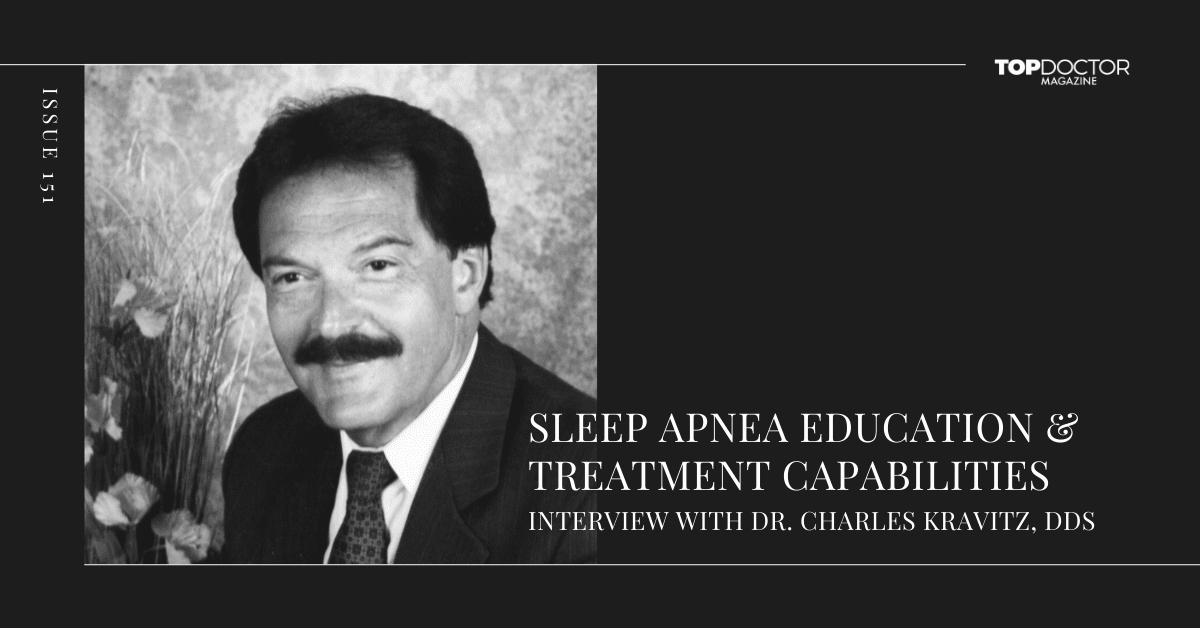
Providing healthcare services in prison is challenging in ways most doctors never encounter. But the successes of doctors who pursue this practice are gratifying.
Dr. John S. Hodges, M.D., is a Chief Physician Surgeon at the Richard J. Donovan Correctional Facility (RJD) in San Diego, California. Of the nearly 100,000 inmates within the California Department of Corrections and Rehabilitation system (CDCR), about 3,300 reside in RJD as of Nov. 2021.
“I get to provide excellent care to the patients who reside at RJD, and along with that I try to interact with them in a way that will hopefully positively influence their lives. To accomplish mine and my patient’s shared goals I need to collaborate with other doctors, my nursing and custody colleagues, and management,” he shared with Top Doctor Magazine.
Dr. Hodges developed an interest in correctional medicine while he treated patients who were frequently in and out of the prison system.
“I saw this marginalized group of people who were in and out of prison and I wanted to try and reach them more directly to see if I could provide some sort of light in their life. I started initially seeing patients in the clinic as a family physician and began to realize I could effect even more positive change in these patients’ lives in management so I pursued and was later promoted to Chief Physician Surgeon,” Dr. Hodges said.
An Underserved Population
The correctional population has the right to healthcare, but it isn’t that straightforward. Nationwide, correctional patients have high rates of chronic medical and mental illnesses as well as substance abuse.
“We are lucky to have our leadership at California Correctional Health Care Services (CCHCS) who really work day and night to ensure staff have the resources they need to provide excellent access to care and make sure we have the tools needed to accomplish our jobs,” Dr. Hodges said.
Dr. Hodges also mentioned that they are focusing on a program to allow medical students and residents to work onsite.
“To help young doctors, who may not otherwise think about correctional medicine see the opportunities, CCHCS has started an Educational Partnerships Program (EPP), which teams us up with medical students and residents who then come and work with us onsite. We can attribute one of our recent hires directly with this program,” Dr. Hodges said.
Prison Healthcare
A More Challenging Population
A rule of thumb says that long-term patients in correctional institutions are physiologically about 10 years older than their actual age. In addition, overall prison populations are aging. In one study, the percentage of inmates aged 55 or above increased by about 41% over five years.
Doctors face medical issues as well as the stress of prison life itself. But as Dr. Hodges points out, there’s no challenge that doctors cannot overcome.
“With inmate-patients, we are typically dealing with people that have never had regular healthcare throughout their lives. You have to set clear expectations and oftentimes take more time to educate them than you would someone who is used to having healthcare and knows how to navigate the system. One example that comes to mind is a young patient with active tuberculosis. He refused treatment for some time and his condition continued to worsen but we eventually got him before a judge and with the assistance of our mental health colleagues we were able to prove that he did not have the mental capacity to make his own medical decisions. This led to a court order mandating the patient accept treatment and this extra effort really ended up saving his life,” Dr. Hodges shared.
Improving Prison Healthcare
“We are very lucky to have had extensive training in the area of substance abuse treatment and I received my X waiver about a year ago. It’s really one of the highlights of my career. Now just about every provider in CCHCS has their X waiver and we’re able to give so many patients with addiction problems their lives back by providing them with medical treatment. Not only that but we are preventing a lot of overdoses and deaths from overdoses by doing so. I have also received training in HIV and Hepatitis C treatment here in the prison system. There really are a lot of opportunities for growth and upward mobility. It’s amazing,” Dr. Hodges said.
The National Commission on Correctional Healthcare established standards for quality prison healthcare and now offers an accreditation program for institutions that adhere to those standards. Also, the California Correctional Health Care Services (CCHCS) produces care guides with suggested protocols for a wide array of symptoms and diseases. Other resources include formularies and lists for medications, medical supplies and patient orientation.
“We do have a number of measures that are better than what’s seen in Kaiser or Medi-Cal patients, including diabetic control, blood pressure control and colorectal cancer screening,” Dr. Hodges explained when discussing the improvements made in the prison system.
Cost Concerns
Providing healthcare to a population of nearly 100,000 is expensive. Hospitalization costs include secure transportation, security while in the hospital and more expensive medical services. Any off-site visit to a specialist includes the costs for custody to transport them and guard them while out.
Therefore, having more on-site options helps manage costs. With the resources available, Dr. Hodges is able to provide the needed services and save a tremendous amount of costs by not needing to transport patients to off-site locations.
RJD recently became the fourth designated dialysis treatment institution in CDCR, joining San Quentin State Prison, California Health Care Facility and Wasco State Prison. The clinic is able to accomodate incarcerated patients in the Southern Region.
Additionally, they offer on-site services with specialists in Optometry, Ophthalmology, Physical Therapy, Podiatry, HIV treatment, HCV treatment, Radiology/Imaging and ISUDT. They also have an excellent telemedicine department which allows them to work with all sorts of specialists, and they have recently implemented an e-consult service which provides them with quick access to many specialists online while also providing cost savings.

The Challenge of COVID-19
A New Reality
Imagine a large population living close to one another in an enclosed space, having a higher percentage of chronic illnesses and an increasing overall average age. Now add COVID-19. This becomes a nightmare of a situation for medical staff.
“We’ve learned how vulnerable we are to this type of infection and how easy it is to transmit. Never once have we had an outbreak like this,” Dr. Hodges explained.
The CCHCS and CDCR issued protocols based on recommendations of the California Department of Public Health and the CDC. Dr. Hodges and his team can now address any medical needs that come up, such as monoclonal antibody treatment, quarantine and isolation procedures, and testing protocols.
In the Future
“I think telemedicine will fill the gaps in medical access for rural and underserved communities,” he shared. Dr. Hodges envisions medical advancements that will benefit incarcerated populations, including the growth of telemedicine.
“You know in a lot of ways I think we’re more advanced than the primary care I’ve seen outside of these prison walls. Not only have we been using telemedicine for primary care and specialty visits for years before COVID changed our world, but we have very advanced dashboards and registries created by our Quality Management department that gives us real time data about our patients. We know what screenings and follow up they are due for along with results, diabetes control, COVID status all in real time. These are the tools that help me to be the best doctor for these patients that I can,” he shared.
Dr. Hodges believes that prison healthcare has much to offer to the future of medicine.
Conclusion
Being a doctor in a prison environment can be difficult, but as Dr. Hodges showed us, there are plenty of rewards. He and his colleagues take full advantage of available resources, and they educate this population so that they are more likely to accept care.
Dedicated to his patients, Dr. Hodges is living a unique, fulfilling career journey.





0 Comments